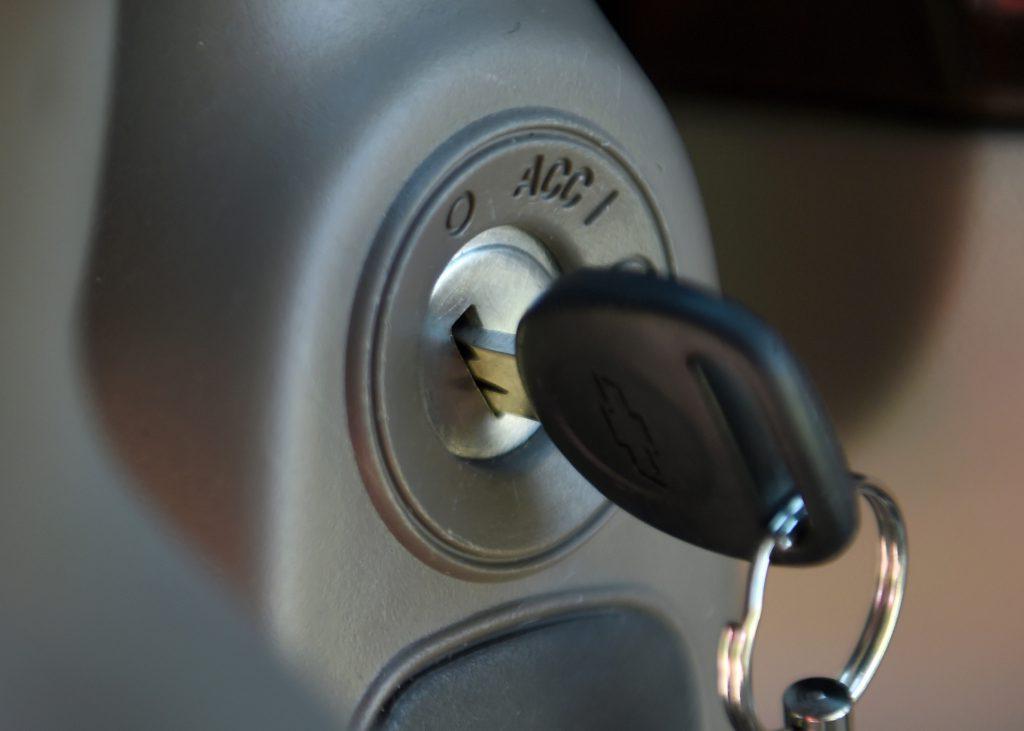What Happens When You Turn On The Ignition Switch?
Automobiles have a unique design ignition switch system. The switch controls all the necessary components in the vehicle. You might be driving the cars for long and still not notice the mechanism behind it. There are different ignition switch positions in a car.
Traditional vehicles with standard ignition systems have four key positions. But modern vehicles have only 3 key positions. There is a specific action every time you turn on the ignition switch.
Modern vehicles have a smart key ignition system. That is why there is one less key position in it. The ignition switch is the major part of an automobile.
You will not be able to crank the engine with a bad or faulty ignition. It is important to keep this switch in the right shape!
What Happens When You Turn On The Ignition Switch In A Car?
The ignition switch is a crucial component of the car cabin. You cannot start the engine or turn on the accessories without an ignition switch.
In any case, drivers should not force the key or any tool inside the ignition switch. It might damage the entire ignition system, costing you trouble. Do not put extreme pressure while inserting the keys as well.
Let us find the mechanism behind four ignition positions here.
1. Lock – First Position
It is the first position of the ignition switch. The manufacturers describe the lock as the OFF position. You have to rotate the key clockwise to turn on the ignition switch. The lock position is to insert the keys only.
There is no effect on the steering wheel or other accessories in the lock position. You can take the keys out only in the lock position.

SEE MORE:
- Two Different Methods to Test the Ignition Switch Perfectly
- What to Do When the Key Won’t Go in Ignition? Find the Solutions
2. Accessory/Acc – Second Position
Wondering what does acc stand for in cars ignition system? It is the accessory mode. You can use some of the standard accessories in this mode.
The accessory or Acc is the second position in the ignition switch. Acc gives life to the radio, stereo, power windows, and seats.
3. ON Or Ignition – Third Position
The next one is the ignition position. All the electronic accessories come active when you turn on the ignition switch in this mode. According to expert maintenance tips, the ON position is the default position in vehicles. You cannot remove the keys out of the ignition switch.
4. Start – Fourth Position
Now you can crank the engine. It is not the stopping position of the ignition system. The keys move back to ON or ignition, which is the default position.
The motor starter might damage if you stop the keys here for long. Let the keys turn to the default position once the engine starts.

FAQs on Turning On The Ignition Switch
-
What is the purpose of the ignition switch in a vehicle?
The ignition switch is a crucial component that allows you to control the electrical power flow in your vehicle. It’s responsible for activating various systems needed to start and run the engine.
-
What happens when you turn the ignition switch to the “on” position?
When you turn the ignition switch to the “on” position, it activates the vehicle’s electrical system, dashboard lights, fuel pump priming, and initializes the Engine Control Module (ECM).
-
Why do dashboard lights illuminate when the ignition is turned on?
Dashboard lights illuminate as a self-check when the ignition is turned on. This quick check confirms that essential systems like the battery, oil pressure, and engine management are functioning properly.
-
How does the ignition switch impact the fuel system?
The ignition switch activates the fuel pump for a few seconds, priming the fuel system and ensuring that fuel reaches the engine’s cylinders, preparing the engine for combustion.
-
What role does the Engine Control Module (ECM) play when the ignition is turned on?
The ECM, powered by the ignition switch, manages the engine’s performance and efficiency by controlling fuel injection, ignition timing, and other critical functions.
-
Does the ignition switch have a connection to the vehicle’s security system?
Yes, modern vehicles often integrate the ignition switch with the security system. The switch communicates with the vehicle’s anti-theft system to ensure proper key authorization.
-
What is the significance of the pre-glow phase in diesel engines?
In diesel engines, the pre-glow phase, activated when the ignition is turned on, heats up glow plugs. This helps achieve efficient combustion, especially in colder temperatures.
Check out this video from JAES Company to learn more about the ignition key in your car!
-
Can the climate control and infotainment systems be affected by the ignition switch?
Turning on the ignition switch can activate climate control and infotainment systems, allowing you to set preferences for temperature and access entertainment features.
-
What happens when the ignition switch is turned to the “start” position?
When turned to the “start” position, the ignition switch engages the starter motor. The starter cranks the engine, initiating combustion and bringing the engine to life.
-
Is the order of events the same for all vehicles?
While the general order of events is similar, specific actions and sequences may vary slightly among different vehicle models and makes.
-
Can a faulty ignition switch affect engine starting?
A faulty ignition switch can prevent proper electrical power flow and hinder engine starting. It’s essential to address any issues with the ignition switch promptly.
-
How long should you wait in the “on” position before starting the engine?
You typically only need to wait a few seconds in the “on” position to allow systems like the fuel pump to prime before turning the key further to start the engine.
-
Does turning on the ignition consume a significant amount of battery power?
Turning on the ignition consumes a small amount of battery power, but it’s designed to work efficiently without causing significant drain on the battery.
The Bottom Line
It is all that happens when you turn on the ignition switch. Hopefully, this gives you a better understanding of the ignition switch and its mechanism.














